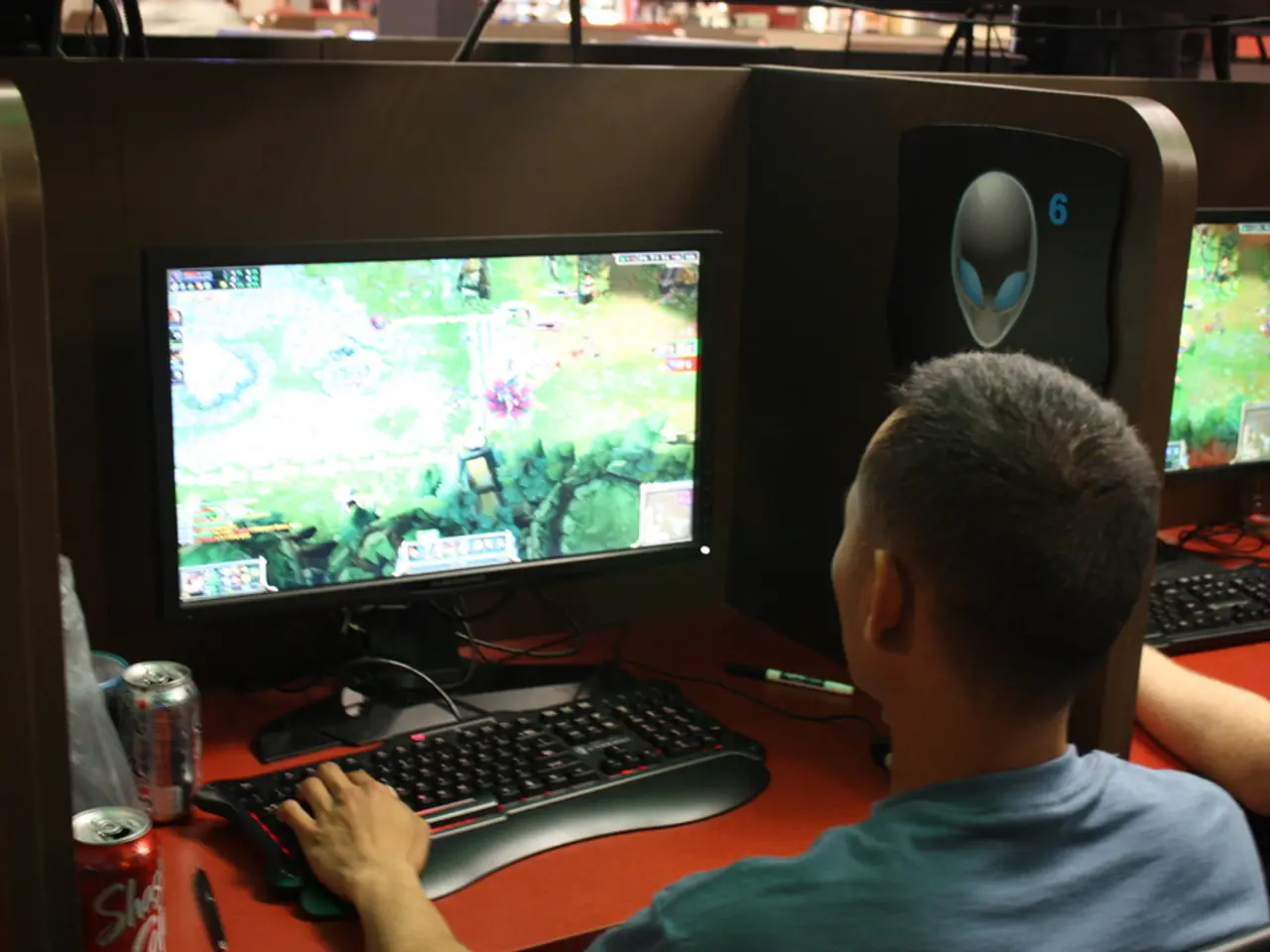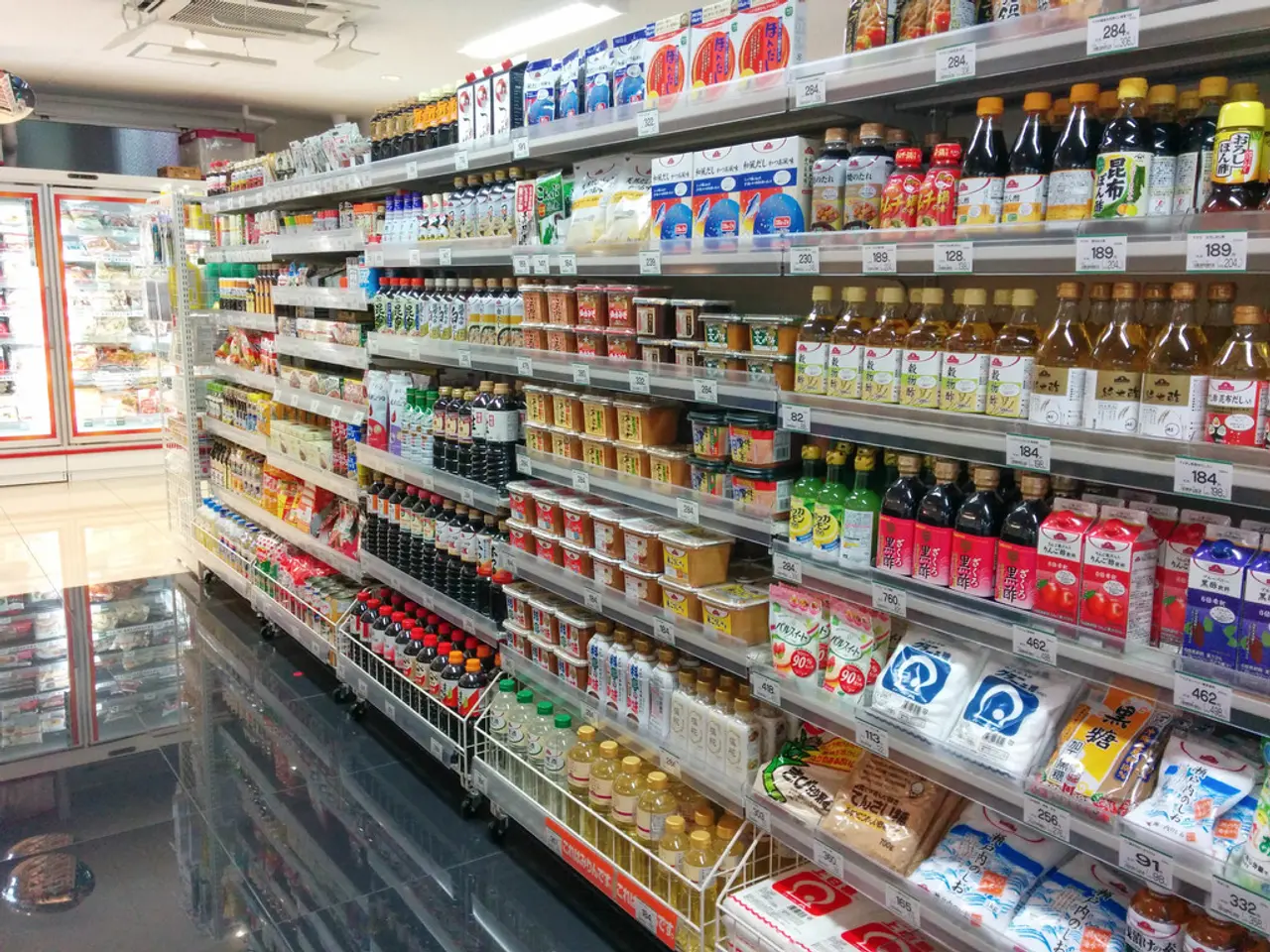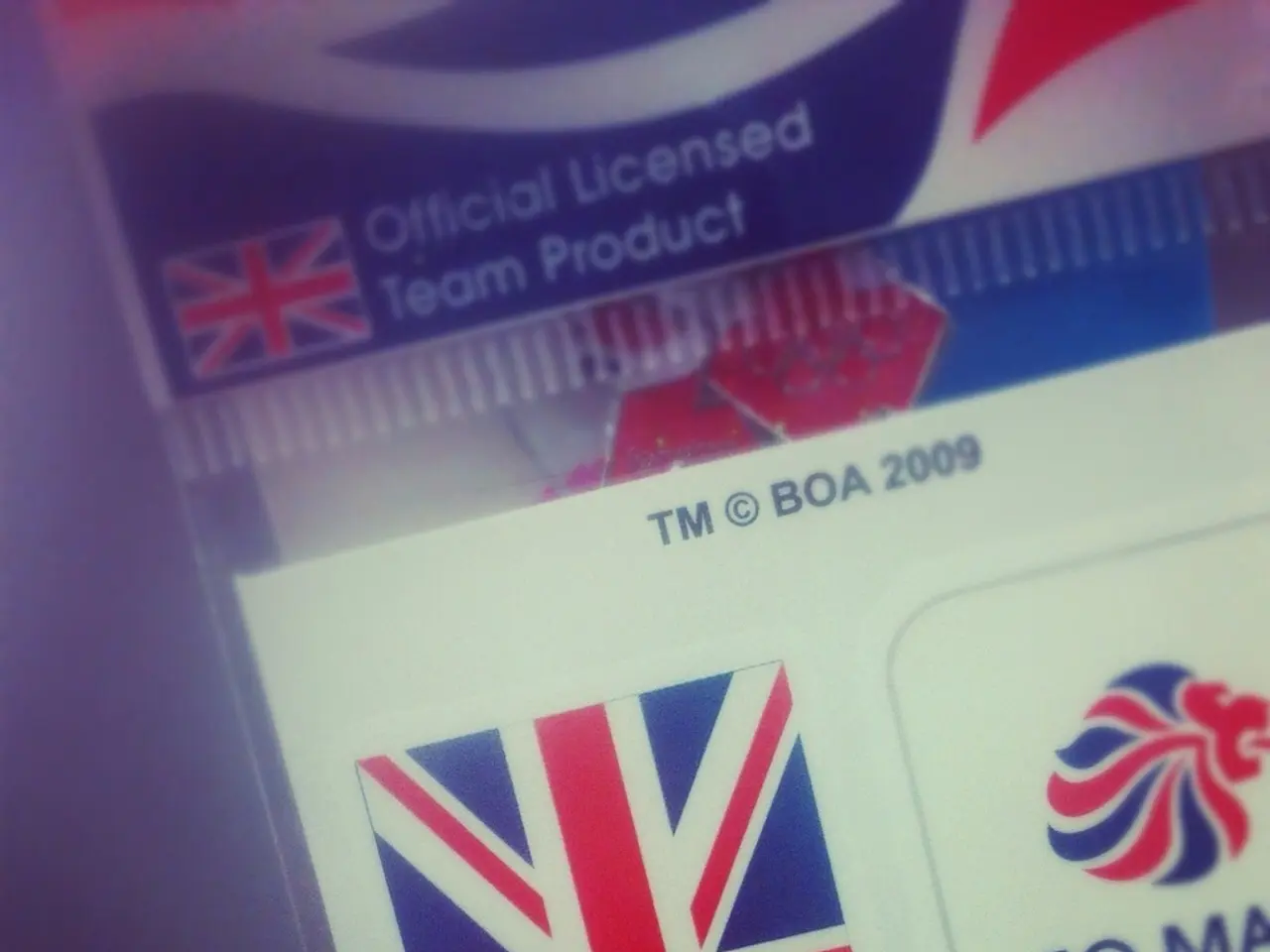IoT in 2025: Exploring Real-life IoT Applications, Data, and Predictions
The Internet of Things (IoT) continues to revolutionise our daily lives, and by 2025, its impact is expected to be even more profound.
In the home, Internet Service Providers (ISPs) are integrating apps into modems to help homeowners control their smart home devices. IoT will enable predictive home care as a service from contractors, even when homeowners are away. With the help of IoT devices, homeowners can avoid disasters such as plumbing leaks, appliance failures, and electrical issues.
Examples of IoT devices in daily life include Google Home Voice Controller, Amazon Echo Plus VoiceController, Footbot Air Quality Monitor, Nest Smoke Alarm, Nest Thermostat, Ring Doorbell, and smartwatches. By the end of 2021, it is expected that the number of IoT devices will reach a staggering 50 billion.
The widespread adoption of IoT is not limited to the home. It is being used on a large scale in consumer adoption, including smart home devices, smart thermostats, smart fridges, and smart locks. The manufacturing industry has adopted IoT for tracking and managing activities, often referred to as smart factories. Smart cities will invest in state-of-the-art data exchanges, providing access to data between private and public organisations and citizens.
In the healthcare industry, IoT enabled devices are improving overall healthcare and reducing costs. Examples include glucose monitors, electronic skin patches, connected inhalers, and smartwatches. Home insurance companies are incorporating smart sensors and connected devices to avoid damages and pay lesser premiums.
By 2025, the manufacturing industry will use IoT to track internal and external temperatures and notify about abnormalities. The retail industry is expected to lead to a new shopping era by ensuring better personalisation and integration. The global market for IoT is forecasted to reach $1.11 trillion by 2026, as compared to 2018 valued at $190 billion.
The top IoT trends expected in 2025 include massive device growth and market expansion, with IoT connected devices projected between 27 billion to over 75 billion and global spending nearing $1 trillion annually. Integration of AI and IoT (AIoT), especially at the edge, is also expected to be a major trend. By 2025, over 95% of new industrial IoT deployments will have AI/analytics built in at the edge to enable smarter devices and real-time insights.
5G connectivity expansion will provide the necessary high-speed, low-latency networks essential for real-time data processing and communication in IoT applications. Edge computing growth will support AI-enabled IoT devices by processing data closer to the source to reduce latency and bandwidth use.
Enhanced security and data management are critical, given increased data fragmentation and vulnerabilities in IoT ecosystems. New application verticals such as consumer smart homes, automotive, agriculture, and healthcare are rapidly expanding IoT use cases.
Supporting technologies like cloud computing, blockchain for IoT security, and augmented/virtual reality integration are also part of the broader IoT trend landscape.
In summary, 2025 is characterized by explosive IoT device growth, widespread AI integration at the edge (AIoT), enabling 5G and edge computing infrastructure, and expanding industrial and consumer adoption, all within a context demanding improved security and data handling.
In the manufacturing industry, IoT will be employed to monitor internal and external temperatures and flag abnormalities by 2025. The global retail market, anticipated to lead to a new shopping era, plans to utilize IoT for better personalization and integration. The entertainment sector is expected to undergo transformation with the integration of AI and IoT (AIoT) to provide immersive experiences. Moreover, the finance sector, particularly home insurance companies, will continue to adopt IoT to lower premiums by incorporating smart sensors and connected devices.




